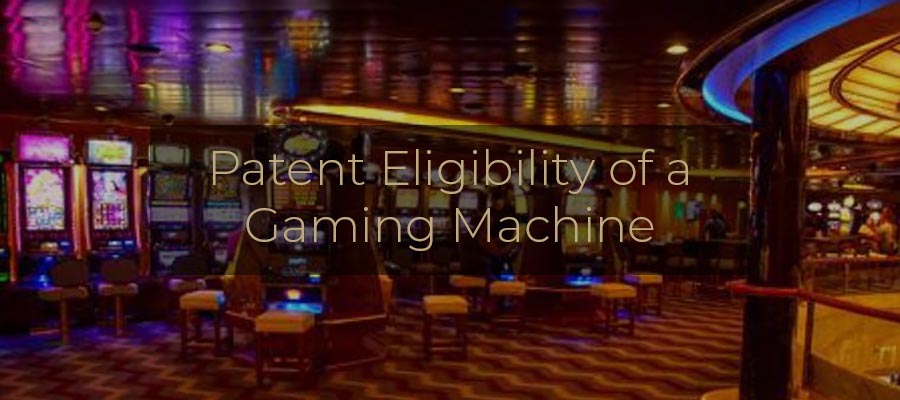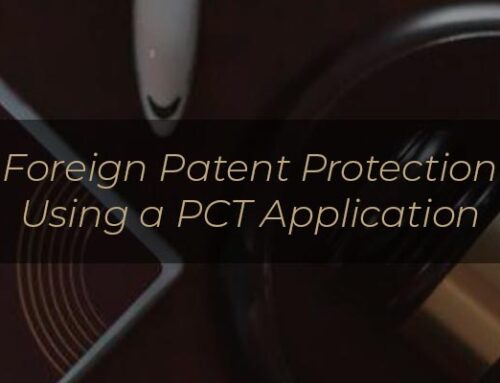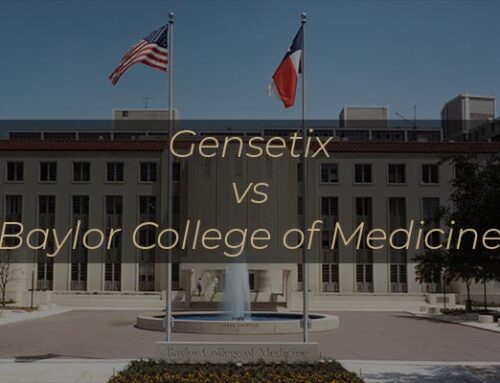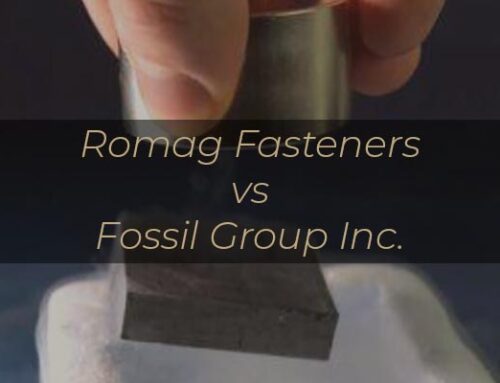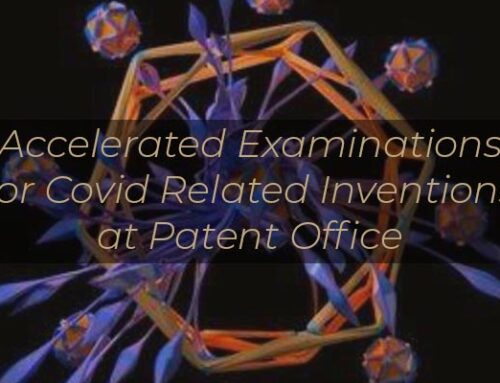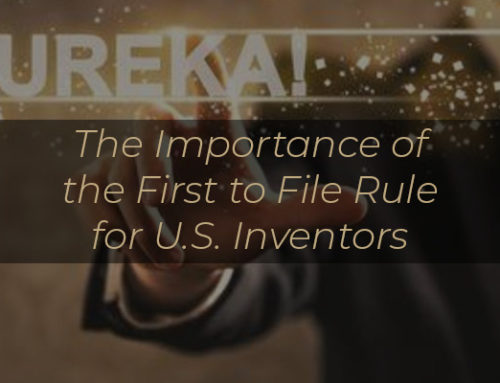In a November 22, 2019, decision (Ex Parte Berndt Burghard, Appeal No. 2018-001861), the Patent Trial and Appeal Board reversed the examiner’s decision rejecting claims 1-20 as being directed to patent ineligible subject matter under 35 U.S.C. § 101. While the Board agreed with the examiner that the claims recited a judicial exception, the Board found that the claims integrate the abstract idea into a practical application and are thus not directed to an abstract idea.
Claim 1 is representative of the claims on appeal:
1. A gaming machine having standard and bonus game play mode, comprising:
a slot machine including a housing, an interface, a controller, a currency acceptor and a card reader in operative communication to enable slot machine game play;
the interface attaches to the housing; the currency acceptor and card reader are enabled to receive payments to initiate slot machine game play;
a computer in operative communication with the interface, the computer having a memory and a processor, the memory stores game play instructions and a set of symbols including game symbols, scatter symbols and wild symbols, the computer operates the controller, the currency acceptor and the card reader;
the game play instructions include instructions for a standard game play mode and bonus game play mode;
during standard game play mode, the interface displays a matrix of symbols representing sets of reels, and the computer calculates payouts based on the symbols, which are randomly arranged within the matrix; when a predetermined number of scatter symbols appear in the matrix of symbols in standard game play mode, bonus game play commences and at least one of the scatter symbols is transformed into a wild symbol during bonus game play; and
during bonus game play mode the wild symbol remains stationary while the matrix of symbols change, and after the matrix of symbols stop changing the wild symbol moves to a random location in the matrix of symbols.
The Board looked to the USPTO’s 2019 Revised Patent Subject Matter Eligibility Guidance and determined that elements of the claim that are ordinarily used when constructing a gaming machine (slot machine, housing, interface, controller, currency acceptor, card reader, computer, memory, processor, and calculating payouts) recite a judicial exception of a mental process that may be performed in the human mind or calculated using pen and paper. The Board thus agreed with the examiner that the gaming machine of claim 1 recites a judicial exception.
The Board then determined that in addition to the abstract limitations recited in claim 1, claim 1 further recited:
when a predetermined number of scatter symbols appear in the matrix of symbols in standard game play mode, bonus game play commences and at least one of the scatter symbols is transformed into a wild symbol during bonus game play; and
during bonus game play mode the wild symbol remains stationary while the matrix of symbols change, and after the matrix of symbols stop changing the wild symbol moves to a random location in the matrix of symbols.
The Board found persuasive Appellant’s arguments that the limitations of “bonus game play commences and at least one of the scatter symbols is transformed into a wild symbol during bonus game play” and “during bonus game play mode the wild symbol remains stationary while the matrix of symbols change, and after the matrix of symbols stop changing the wild symbol moves to a random location in the matrix of symbols” represent improvements to the underlying technology or technical field, namely, gaming machines.
The Board found these limitations provide a technological improvement to gaming machines by providing a new and improved level of bonus play that uses new and improved animations. The Board thus concluded that when the claim is considered as a whole, the recited judicial exception is integrated into a practical application.

